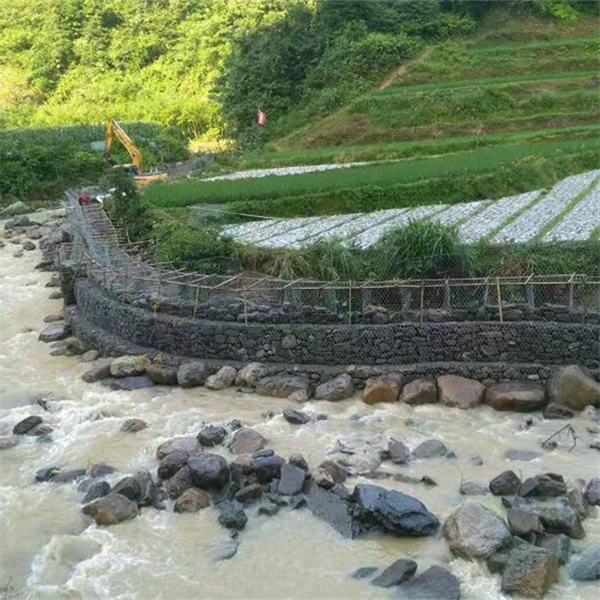pro . 28, 2024 00:05 Back to list
gabion nz
Gabion Structures in New Zealand A Sustainable Solution for Modern Engineering
In recent years, the use of gabions has gained significant traction in the field of civil engineering and landscaping across New Zealand. These versatile structures, made of wire mesh filled with rocks or other materials, not only serve aesthetic purposes but also provide unparalleled functional advantages in various applications. As New Zealand faces increasing environmental challenges, the adoption of gabions is proving to be a sustainable and effective solution.
Understanding Gabions
Gabions, originating from the Italian word “gabbione,” meaning “big cage,” are essentially wire mesh cages filled with stones or other materials. They have been used for centuries in various countries for erosion control, retaining walls, and even decorative landscaping features. In New Zealand, the increasing demands for sustainable construction practices have led to a renewed interest in gabion technology.
Environmental Benefits
One of the most compelling reasons for incorporating gabions into New Zealand’s infrastructure is their eco-friendly nature. The materials used in gabions, such as local stones, are often sourced from the surrounding environment, significantly reducing transportation emissions and costs. Moreover, gabions allow for better drainage compared to traditional concrete structures, which can help mitigate flooding and erosion in vulnerable areas. By promoting natural filtration, gabions contribute to healthier soil and water systems, aligning with New Zealand's commitment to preserving its stunning landscapes.
Applications in New Zealand
gabion nz

Gabions find application in various sectors, from civil engineering to landscape design. In urban development, they are used for retaining walls and slope stabilization, preventing soil erosion while maintaining the natural aesthetics of the environment. Gabions are also commonly seen in parks and gardens, where they serve as decorative elements that enhance the natural beauty of the landscape.
Another notable application is in riverbank protection. New Zealand has numerous rivers that are prone to flooding and erosion. The installation of gabions along riverbanks can effectively absorb the energy of flowing water, thus minimizing erosion and promoting a healthier ecosystem. This is particularly crucial for preserving habitats for native flora and fauna, which are critical to New Zealand’s biodiversity.
Challenges and Considerations
While gabions offer numerous benefits, it is essential to consider some challenges associated with their use. For example, the initial installation process may require skilled labor and specific engineering knowledge, especially in areas with complex geological conditions. Additionally, the longevity of gabion structures can be influenced by factors such as the type of materials used and environmental conditions. Regular maintenance and inspection are necessary to ensure their durability.
A Future with Gabions
As New Zealand continues to prioritize sustainability and resilience in its infrastructure planning, gabions will likely play an increasingly important role. Their ability to blend functionality with aesthetics makes them an attractive option for engineers, architects, and landscape designers alike. Furthermore, the ongoing innovations in materials and construction techniques will only enhance the potential of gabion systems.
In conclusion, gabion structures represent a harmonious blend of practicality and environmental stewardship. As New Zealand grapples with the challenges posed by climate change and urban development, the adoption of gabions stands out as a forward-thinking solution. With their myriad applications, eco-friendly nature, and aesthetic appeal, gabions are poised to become a staple in the country’s construction landscape. Embracing such sustainable practices will not only benefit New Zealand’s infrastructure but also contribute to the preservation of its breathtaking natural beauty for generations to come.
-
hesco-gabion-baskets-for-coastal-erosion-prevention
NewsAug.22,2025
-
longevity-and-durability-of-river-rock-gabion-walls
NewsAug.22,2025
-
how-to-integrate-gabion-3d-walls-in-urban-planning
NewsAug.22,2025
-
reno-mattress-gabion-applications-in-civil-engineering
NewsAug.22,2025
-
how-to-install-wire-mesh-for-gabion-baskets-properly
NewsAug.22,2025
-
best-materials-for-filling-a-chain-link-gabion
NewsAug.22,2025
-
Wire Mesh Thickness Impact on Gabion Wall Load Bearing
NewsAug.12,2025






